

Max Davies
2026 GWM Cannon Ultra review
5 Days Ago

Senior Road Tester
Renault Australia’s ongoing efforts to bring the rugged little Dacia Duster look to have entered a new phase, with the company already honing the sales pitch for its new potential price-leader.
A next-generation version of the Dacia Duster – Dacia being Renault’s affordable sub-brand in markets such as Europe and the UK – is expected to appear globally in 2024.
While it will doubtless have more tech and features than the current model that sells up a storm, it’s expected to retain aspects of the cheap and utilitarian features that have made it such a hit.
It’s for this reason that Renault Australia general manager Glen Sealey is pushing so hard for the vehicle, to the point where the company’s local arm is already offering input to the program’s engineers to make sure it’ll suit our market’s regulations.
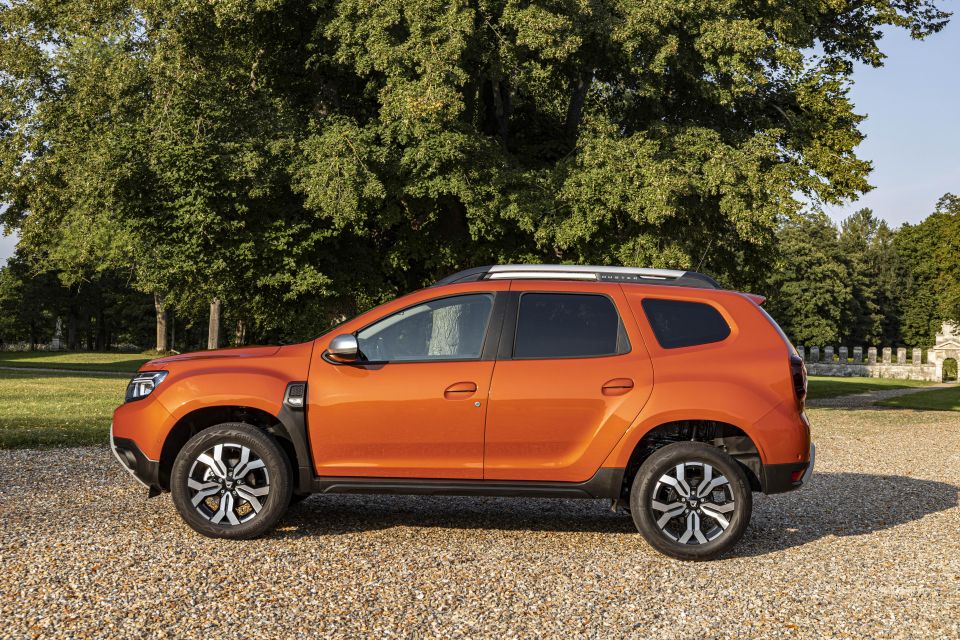
Expected to wear Renault badges to spare the company the effort of establishing a new brand name, the company is hoping to talk to the same sort of budget adventure-seekers drawn to the Suzuki Jimny – a more hardcore, body-on-frame offering, it must be added.
“If you look at Australia today, we take just a small portion of the vehicles available from [the] Group, but there’s a lot more that could be accessed for any number of markets – notwithstanding the constraints of a market like Australia which can limit the offering due to both right-hand drive and certain safety regulations that are unique to us here,” Mr Sealey said.
“But as far as product goes, we’ve always had a vision for Renault in Australia to classify the brand into four distinct lifestyle categories: Adventure, Core, LCV and eventually Alpine, which is set to go all-electric.
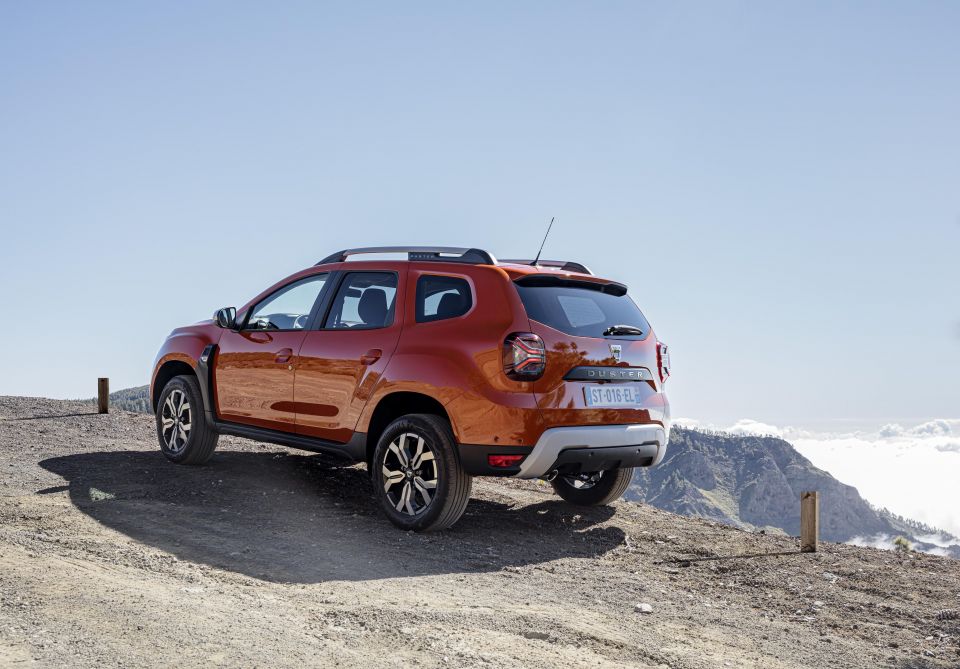
“The Adventure range is really important to us because that encompasses the Romanian-born Dacia product which Renault took control of in 1999.
“We’re very keen to bring the Dacia Duster to Australia under the Renault brand but we simply can’t do that with the existing Duster, it has to be with the new third-generation Duster, which is expected to land in 2024.
“Don’t get me wrong, we would have loved to have brought the current Duster to Australia but it wouldn’t have passed the ADR side-impact regulations.
“In fact, we’re working with Renault now to ensure that our requirements for ADRs are engineered into the vehicle from an early stage of the car’s development.

“I saw the model for it while I was at Renault in France and believe it would work very well in Australia given it will suit the mostly outdoor lifestyle we all share in this country.
“Importantly for us, though, it gives us an internal combustion engine vehicle which is accessible (and more affordable) as the rest of the range transitions to electrification, either as a hybrid, plug-in hybrid or full-blown battery-electric vehicle,” Mr Sealey finished.
Don’t expect massive changes to the next-gen Duster either, at least as far as the formula goes, according to Sealey.
“Duster gives you everything you need and nothing you don’t,” he added.
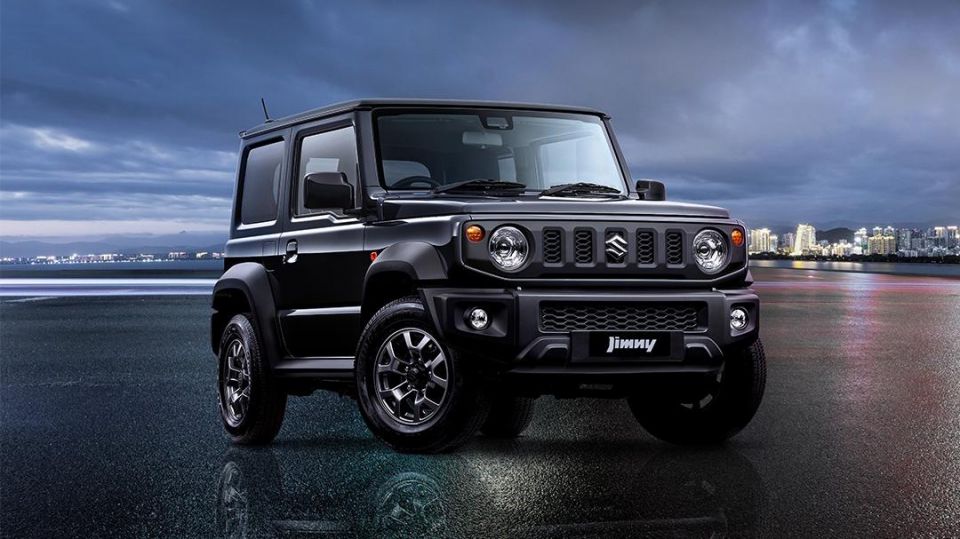
“We see Duster appealing to the same kind of buyer that might be attracted to the Suzuki Jimny, for example. High-riding and something you can drive from Sydney to Mudgee and not get out exhausted, but still with a degree of all-wheel drive capability.
“It’s certainly not going to compete with the traditional two-wheel drive SUV-esque marketplace. Rather, Duster has good approach and departure angles, a 4X4 drivetrain, [buyt will be] roomy and far more advanced than the existing model.”
Unlike other markets where the Dacia Duster thrives as a bone fide price-buster (it launched in the UK in 2010 priced under £10,000), Mr Sealey told us it wouldn’t quite be the same scenario here in Australia.
“Unfortunately, we also have to pay duties with the car coming out of Europe and we’ll also take a higher grade in terms of specification… as Australians typically like plenty of features, and that will have an impact on price.
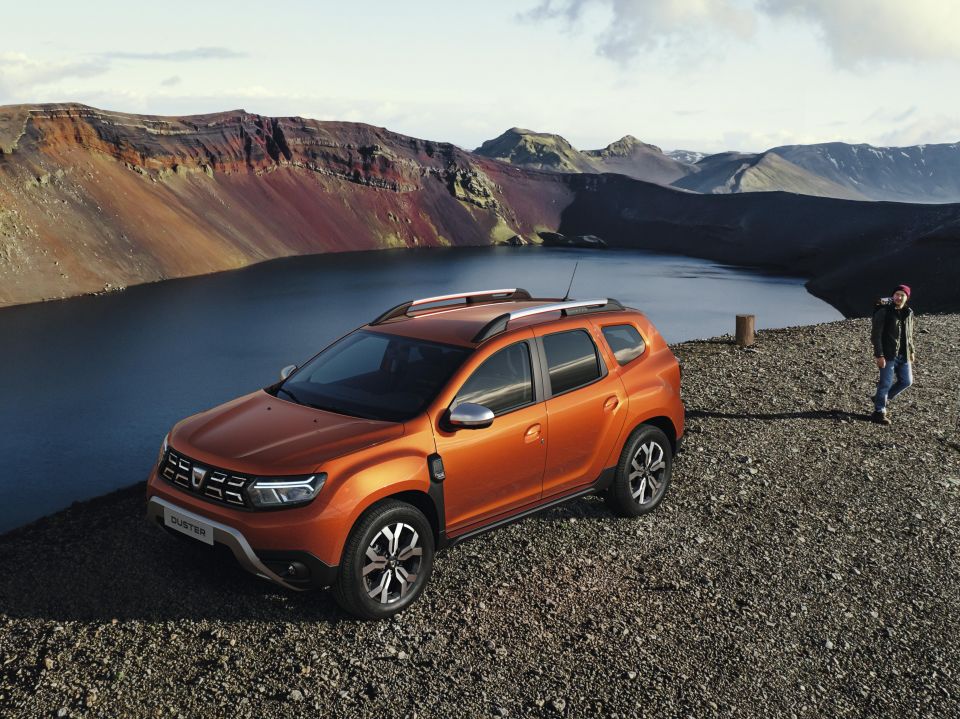
“Fundamentally, we’re not positioning the next-gen Duster as a budget-basic proposition to run around the streets of Sydney and Melbourne. Instead, we see it as a really fun getaway car that you can take from Sydney to the Blue Mountains and do some off-roading and enjoy the Aussie outdoor lifestyle.
“It’s helpful to us in Australia that South Africa already takes the Duster in right-hand drive badged Renault, whereas in the other right-hand markets like the UK, Duster is under the Dacia brand,” Mr Sealey finished.
Previous Renault Australia management was once actually quite advanced down the path of offering Dacia in Australia as a no-frills European budget contender, but never quite got the business case over the line, or agreed on appropriate nomenclature with head office.
However, the French marque later opted out of directly running its Australian import and wholesale business, and switched to using third-party vehicle distribution expert Ateco, which opened the door for this subsequent rethink.
MORE: Renault still wants low-cost Dacia products in Australia MORE: Why Renault Australia wants to bring Dacia Down Under
Where expert car reviews meet expert car buying – CarExpert gives you trusted advice, personalised service and real savings on your next new car.


Max Davies
5 Days Ago


Josh Nevett
3 Days Ago


Max Davies
3 Days Ago


Max Davies
2 Days Ago
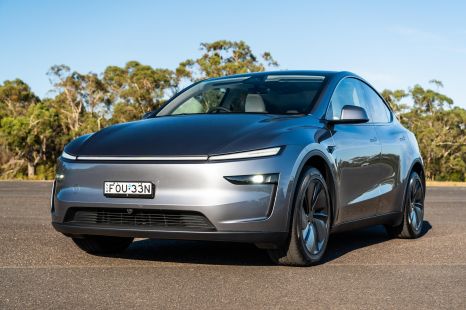

CarExpert.com.au
2 Days Ago
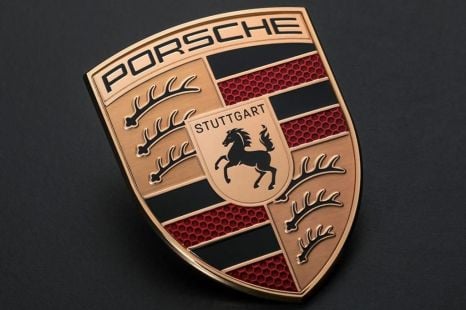

Damion Smy
2 Days Ago